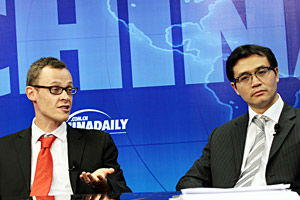Growth Factor
Updated: 2013-09-04 15:12
By Fu Jing (China Daily)
|
|||||||||||
Bubble traps
Martin Schoenhals, adjunct professor, Columbia University, School of International and Public Affairs, and chair of Department of Anthropology, Dowling College in New York, however, has a different outlook on economic prospects for China. Schoenhals, who has tracked China's development for several decades and conducted several case studies in China's rural regions like Sichuan province, is particularly concerned by the real estate bubbles. "A large number of apartments are being bought by speculators. This is a familiar pattern and a dangerous one. If and when the price of apartments starts to fall, as it happened during the 2008 economic crisis in the US, speculators will start selling and the declines will become unsustainable," Schoenhals says.
"I'm surprised that some experts feel that China can somehow escape this situation, when others like Japan, the US and Europe could not escape it."
Schoenhals is also worried about the employment challenges when 300 million people, equal to that of the US population, move to big cities. "I'm worried about this trend. Yes, wages are higher in big cities. But does this mean that all the peasants who move to big cities can earn more money?" He says that the government should consider more balanced development of big cities, townships and rural regions.
Paul De Grauwe, professor of finance at the London School of Economics and Political Science, also believes that a slowdown is inevitable in China due to its excessive reliance on bank credit and also due to the huge overcapacities in many sectors. "There are many challenges for countries who rely on this kind of system. China's medium and long-term growth rates will decline significantly compared with what it has experienced during the past two to three decades."
De Grauwe says it is still hard to gauge the exact range of decline that the Chinese economy may face. Considering that China has played an important role in sustaining global growth till now, it is likely that President Xi may urge other nations to not to disturb China's transformation process, if not help stabilize its economic growth.
Bluford Putnam, chief economist of CME Group, the world's leading derivatives marketplace with headquarters in Chicago, shares De Grauwe's views, saying that the Chinese economy is in the midst of a healthy and natural deceleration as the economy matures and the population ages. Putnam says the rate of infrastructure investment maintained over the last decade is no longer sustainable because of the success of the modernization program, which in turn means that incremental gains from new projects are not as high as it was earlier. The lagged impact on labor force growth from the decades of a one-child policy means slower labor supply, which implies slower economic growth. As economies modernize their infrastructure as China has done, the next phase of growth and development is expected to come from building stronger financial institutions and more robust markets, he says.
"This is a transition period for economic growth. The infrastructure development period with 10 percent annual real GDP growth is a thing of the past," Putnam says.
According to Putnam, the decade of the 2020s may well see GDP growth rates of around 4 percent in China, but still much higher than Western, mature, industrialized economies.
"The transition decade in which we are now is likely to experience a continuation of the decelerating economic growth pattern. There is no hard landing, and the decelerating growth is a natural by-product of past development success," Putnam says.
Song Li, Deputy Director of the Institute of Economic Research of National Development and Reform Commission, says that though China's potential for economic growth is starting to decline, the trend is still not significant.
"I believe that China can still achieve annual economic growth of around 8-9 percent once the world economy starts improving," Song says.
However, he says China may see two major economic gear changes in the run-up to 2020 with the first one occurring in 2015 or 2016 and the second time in 2018 or 2019. He, however, did not specify the change range or the exact changes.
Related Stories
G20 in the shadow of crises 2013-09-03 07:25
Obama to use G20 for Syria attack justification: lawmaker 2013-09-02 02:30
G20 summit must look at bigger picture 2013-08-30 23:07
HK's financial chief to attend G20 Summit in Russia 2013-08-30 17:26
Putin sets goals for upcoming G20 summit 2013-08-29 03:00
Sino-Japanese meeting at G20 ruled out 2013-08-28 01:11
Today's Top News
US Senate agrees on draft authorization on Syria
Energy partners boost
gas supplies
Police name attacker who took boy's eyes
Technology transfer is a focus
Japan urged to face history
Abe creates boogeyman to justify buildup
'Diamond decade' ahead for China, ASEAN
Reforms urged for pharma industry
Hot Topics
Lunar probe , China growth forecasts, Emission rules get tougher, China seen through 'colored lens', International board,
Editor's Picks
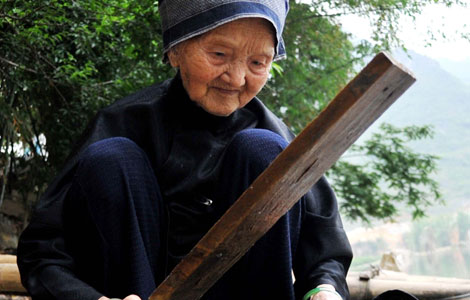
|
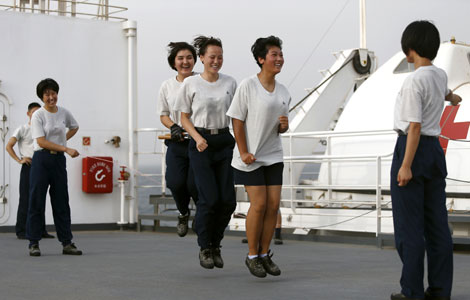
|
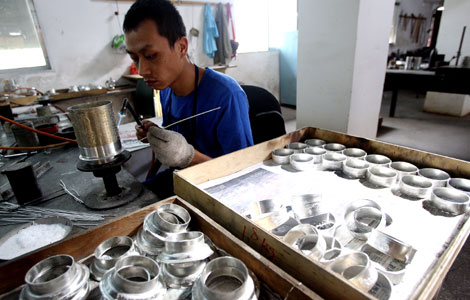
|
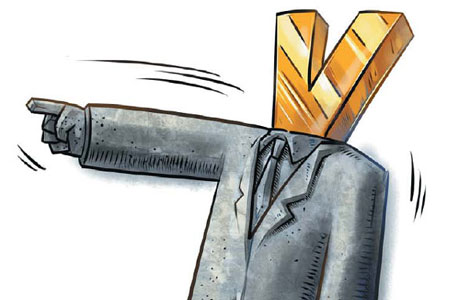
|

|

|

